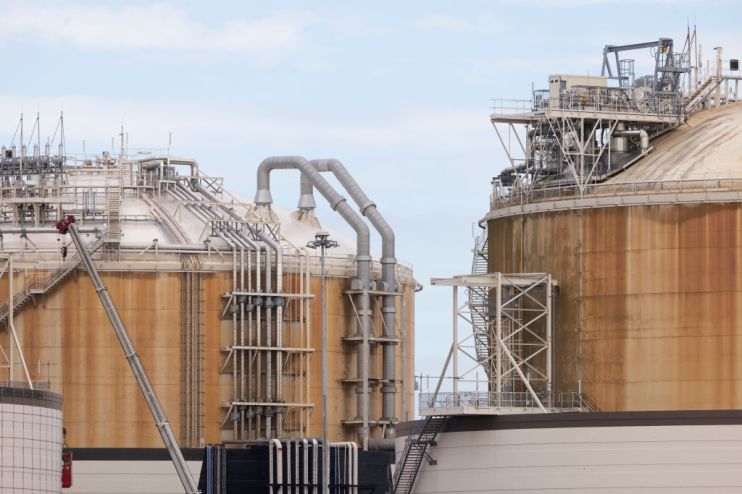Why gas – yes, gas – is set for a starring role in the green transition

Getting the world’s richest and most powerful nations to unilaterally agree to a move away from fossil fuels earned the recent COP28 summit in Dubai praise of the kind not seen since Glasgow in 2021.
Decarbonisation, it was officially determined, was written as the goal and though the speed and logistics of getting there remain fraught with innumerable logistical and political hurdles, the groupthink at least appeared positively green.
That may not, though, mean the end for natural gas.
After all, it doesn’t carry the same collective animosity that oil has managed to accrue, and is likely set for a new act.
Paragraph 29 of the finalised COP28 agreement recognises gas as a necessary “transitional fuel” in the net zero journey.
Fittingly, exports of liquefied natural gas (LNG) hit an all time high in the four weeks after COP28 with 38.67m tonnes of exports according to Kpler, representing 455m tonnes on an annualised basis.
This was less a reflection of Amazon Prime-style buying post-COP, rather a manifestation of the bet on a gas surge.
And it did, striking LNG supply deals with gas-rich Qatar and the U.S.
As a result, European gas inventories today are chock-full – 99.5 per cent according to the European Gas Infrastructure Network, helped by a very mild winter.
Companies, investors and governments have spent aggressively on new LNG supply since 2019, with Bloomberg estimating the total to be around $235bn.
Rystad Energy estimates that another $55bn is in the pipeline between 2024-25 meaning within six years, LNG will have received investment roughly equivalent to Finland’s GDP.
Shell, already a gas giant, is looking to up its LNG volumes by 20 to 30 per cent by 2030, while the latest episode of the energy sector M&A boom across the pond came in gas as last week’s $7.4bn merger of Chesapeake Energy and South Western Energy birthed another new U.S energy monolith.
Gas has also been tipped as a convenient solution by the fuel-guzzling manufacturing behemoths as a lower-emission replacement for their voracious coal habit.
All this is to say, the world is gassed up for a new wave of fossil fuel action.
But like carbon capture, it is not the panacea for clean energy that the sheer level of investment as a vote of confidence could imply.
While it emits roughly 30 per cent less carbon dioxide than burning oil and 45 per cent less than coal, its primary ingredient, methane, traps around 80 times more heat than the carbon dioxide emitted by the other two.
Furthermore, as with all commodity markets, the supply-demand balance is extremely fine and too much swing either way can instigate market chaos.
In October, the International Energy Agency (IEA) shared concerns of a forthcoming LNG supply glut after 2025 when the dust from the LNG infrastructure dust settles.
If transitioning away from fossil fuels is the goal, the gas market should in theory be winding down in the coming years, not ramping up to the levels seen to date.
For now at least the market seems confused.
How can a balance be struck between establishing gas infrastructure as both a primary and back-up energy source while winding down its role within the global energy mix and providing sufficient returns on corporate and governmental investment?
The inconvenient truth is that it probably won’t.